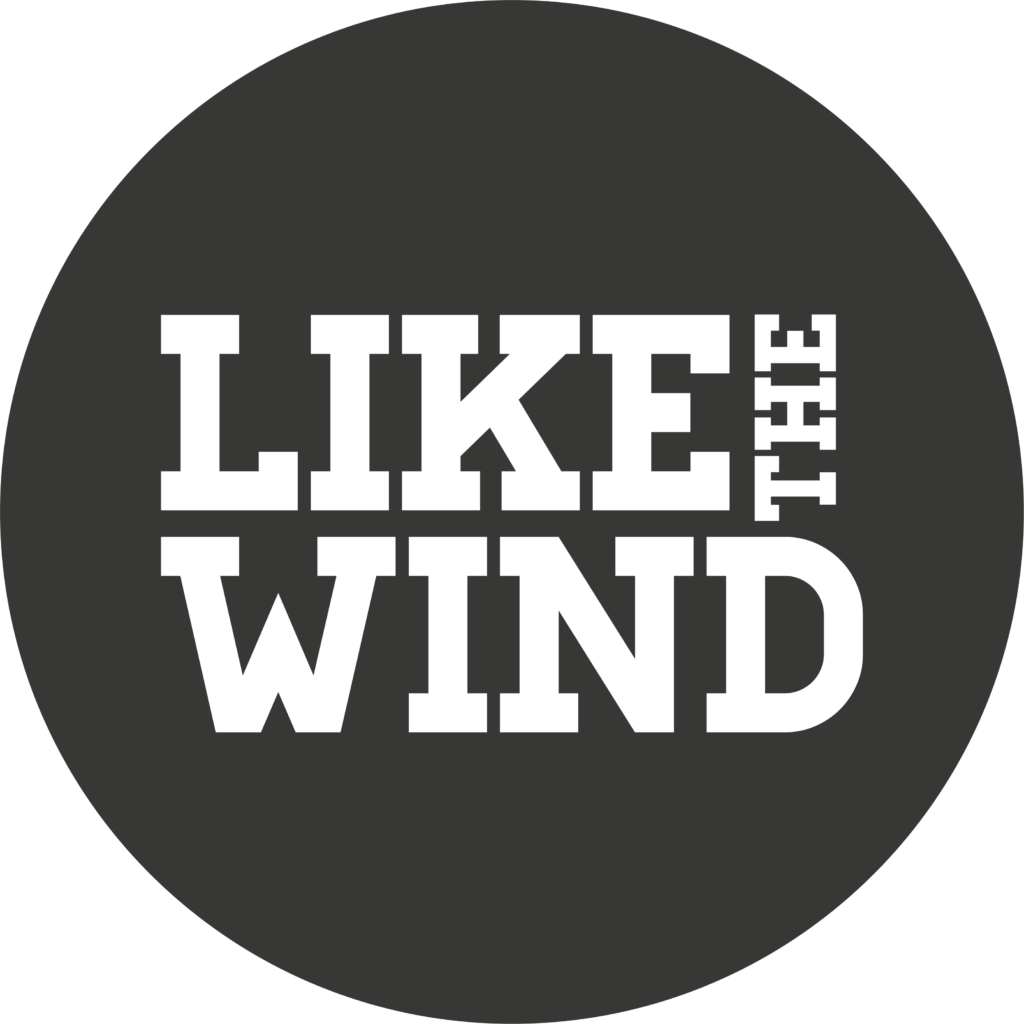The long run is a fixture in most runners’ weeks. But how long is long. How about from the northern extreme of Alaska to the southern tip of Argentina?
Belgian ultra-runners Weking Van Reeth and Sebastiaan Vandermolen decided to cross the American continent from north to south, with their wives following them in self-built 4×4 campers. Like the Wind caught up with them halfway through their journey in Panama City to talk about the first 7,750 miles, what lay ahead… and how the idea for their unconventional journey came about.
“To be honest, we didn’t know what to expect beforehand. It was just a crazy idea on the eve of the Marathon des Sables in 2015 where this idea became a plan,” laughs Weking Van Reeth. “In less than a year we built two 4×4 campers, got some sponsorship and a batch of running shoes to get us started, quit our jobs and left Belgium for the adventure of a lifetime. Hardly trained, we started running on 1 June 2016 in Prudhoe Bay, Alaska. It’s a remote place that reminded us of a Mad Max movie scene. A massive oil pipeline, hissing pumps and valves, low hanging threatening fog and rough bearded workers busy pumping oil across Alaska. Oil fields are maybe not the most romantic starting point for two crazy runners taking it in turns to run marathons for two years. But at least the attempt sounded heroic.”
Over the first three weeks, the duo ran on the notorious Dalton Highway, which connects the oil fields of the Arctic Ocean with Fairbanks, the capital of Alaska. Eight hundred hard miles on which huge trucks constantly thunder up and down to supply the oil bases. It’s a brutal stretch of road. “The Dalton Highway was very hard. We were cut off from the outside world for three weeks,” Van Reeth tells us. “We didn’t have any phone that we could use in case of emergency. Our only lifelines were truckers driving up and down the road supplying the bases. After a while they started following us and informed colleagues about our status. It’s a very rugged and isolated area with harsh weather conditions and lots of grizzlies. One day it’s sunny weather, the next you’re totally snowed in and in the meanwhile you have to watch that you don’t become prey. So it’s good to have someone looking after you.”
“The initial plan was that I would run the whole distance and Sebastiaan would be my pacer when it got rough,” Van Reeth adds. “But at the border with Canada I was physically and mentally broken. Crossing Alaska was gruelling. Rough weather, difficult running conditions, injuries owing to poor preparation and no room and time to recover made me think about the feasibility of our adventure. After all, I was tagging along; a running cowboy. And so it happened: two runners instead of one.”
Via PanAm, as Van Reeth and Vandermolen call their project, is named after the legendary Pan-American Highway, a network of roads that connects North and South America. The Pan-American Highway starts in Alaska and stretches as far as Ushuaia, the most southern city on the American continent. Opinions differ about the total length of the road; estimates vary from 15,500 to 31,000 miles… and longer. The Belgians calculated a route of 15,500 miles along the west coast, good for 590 marathons – or two years of running. “The places we traverse are very diverse,” says Sebastiaan Vandermolen. “Sometimes we run in silent deserts, through dense forests or on endless trails, but we also run a lot on highways, fighting duels with busy traffic. Those highways can be very dangerous. In Baja California, we had the luck of the devil. During one of our last marathons on the Mexican peninsula we had a car accident. In a curvy zone we marked as ‘very dangerous’ on our map, a Mexican drove into our vehicle that was behind the runner. He raced at high speed through a sharp curve without noticing all the flickering lights of our Via PanAm camper. At the very last moment, he saw us, reacted – frightened – and pulled his steering wheel to overtake us. However, a big truck was coming down the hill at full speed in the opposite direction. In a flash the man chose between life and death…and drove straight into us. His car slid underneath ours; the truck slammed on its brakes. We could smell the sweat and fear of the driver. It was a close shave. On pure adrenaline, Weking ran his marathon in less than three hours that day. The first and only time we did so.”
From Alaska to Panama City, the duo has passed many beautiful places. The adventure is a series of postcard views, a series of memorable moments. However, their verdict on the most memorable sight so far is unanimous: “Olympic National Park.” Van Reeth says: “We had the brilliant idea to cross the park together in one go: about 60 miles with two challenging mountain passes in between. It was a trip most hikers do in three days, but we were confident we could to do it in one. At the crack of dawn we started, having packed lightly, with just enough food for a 12-hour run. But after the first mountain pass we realised it would take us much longer. We were slow, constantly had to search for the trail and all the while time was ticking away. In the end we ran in the dark for a long time. After 20 hours of running, we saw our wives on the other side of the park. The four of us were almost crying with happiness. It felt pretty scary to run in a pitch-black forest with all the wild animals coming to the trails at nightfall.”
The pair’s life on the road is simple, but hard. Every day one of them runs a marathon in extreme conditions, only to return to a tiny 4×4 camper offering little room for recovery. “It is tough, but you get used to it pretty fast,” says Van Reeth. “We felt very lonely and secluded in an immense Canada. Heavy rains in the states of Washington and Oregon almost washed us away. The heat of the Central American jungle was unbearable. From time to time, we’re in extreme pain – but have to keep on going, no matter what. In the end. the hard moments dissolve when we cross all those beautiful places and meet interesting people along the way. Sometimes we’re deadbeat. In Mexico we hit rock bottom. Both seriously injured and mentally broken, we wanted to take the first plane home and forget about this stupid adventure. At that moment we also had to invest our own savings into Via PanAm which put an extra dampener on the party. But then you make a mental switch. You tie your shoelaces and start running again. And again. And again.”
Their wives, Liesbeth Balemans and An Wouters, play a crucial role in the project: they keep the two runners on their feet. “Without any doubt, they are the key to our success,” clarifies Vandermolen. “They cook, massage, schedule our days of rest, beg for free beds in hotels, drive behind us while we are running and cheer when we go through a rough patch. Without them it would be impossible to carry on. The four of us get along really well. Granted, we have no choice. We’re living 24/7 with each other for two years. The key to success is our friendship… and a mutual interest into running very long distances, of course.”
The two Belgians are taking on their epic journey primarily for the love of running. They are two amateur runners who fell in love with the sport only six years ago. They ran their first 10-mile race and from then on became endorphin-craving, distance-shredding running junkies. “Just running wasn’t enough for us any more,” says Vandermolen. “We wanted to escape the rat race in Belgium and discover new horizons. Living adventurously. That’s mainly why we’re here. Being on the road and living in minimal conditions changes your mentality. You open up and become more aware about your surroundings and yourself. The nicest thing about travelling in slow motion is meeting people. One of the most memorable people we met was a Californian rabbi who invited us for a day of rest in his barn. Without knowing, we spent the day with the first ever man to hike the Continental Divide of the Americas. The Continental Divide runs from Canada to Mexico and separates the water that runs toward the Pacific Ocean from the water that runs toward the Atlantic and Arctic Oceans and the Gulf of Mexico. More or less 200 people per year hike the entire 3,100-mile trail; our new rabbi friend was the first to do so without any official maps. He even brought along his own one-year-old daughter for 500 miles of the journey. His story was so inspiring. He encouraged us to follow our heart and to keep on running. Such a humble person. Such a big inspiration.”
Vandermolen and Van Reeth are running from Alaska to Argentina to raise money and awareness for To Walk Again, a Belgian organisation that provides custom-made sports equipment and activities for children, youth and adults with physical limitations. The organisation was founded by Marc Herremans, a famous Belgian triathlete who became paralysed in 2002 during bike training in Lanzarote. Four years after his accident he became the first wheelchair athlete to finish Hawaii’s Ironman event and in 2007 finished the incredibly intense Australian Crocodile Trophy. “We’ve raised more than €8,000 so far. But that’s not enough,” adds Vandermolen. Until now we focused on surviving. In the fall we’ll start some more fundraising actions and every year we have our own Via PanAm run in Belgium. We also try to inspire people to organise their own event, so we’ll be able to hand over a big cheque in December 2018.”
Now they’re halfway they can start to dream of the finish line in Ushuaia, which they aim to reach during April 2018. But first they have to survive the Colombian mountains, pass Machu Picchu, cross the Salar de Uyuni in Bolivia and climb 16,500ft mountain passes in the Andes on the way to Patagonia. It’s going to be a challenging year for the four of them. “We don’t think too much ahead. One step at a time,” says Van Reeth. “But we have aspirations. For instance we want to attack the hour record on the Machu Picchu trail. We’re trying to get the permits to do so. But it’s not easy; the trail is strictly regulated. Hopefully we’ll get a “go”, otherwise we’ll find another challenge along the way. And in the meantime, we keep on running until the end of the world. Until the place where the road ends.”
Words by Seba Vandermolen a Belgian amateur ultrarunner who embarked on his Pan-American adventure of a lifetime in 2016. Via PanAm is an amazing story of hope, persistence and a lot of stupidity. A story that appeals to the imagination.
If you’ve enjoyed this story, please consider a Like the Wind subscription
We’re publishing some of our favourites stories here on the blog to help lift runners’ spirits.
This story first appeared in Like the Wind #13










